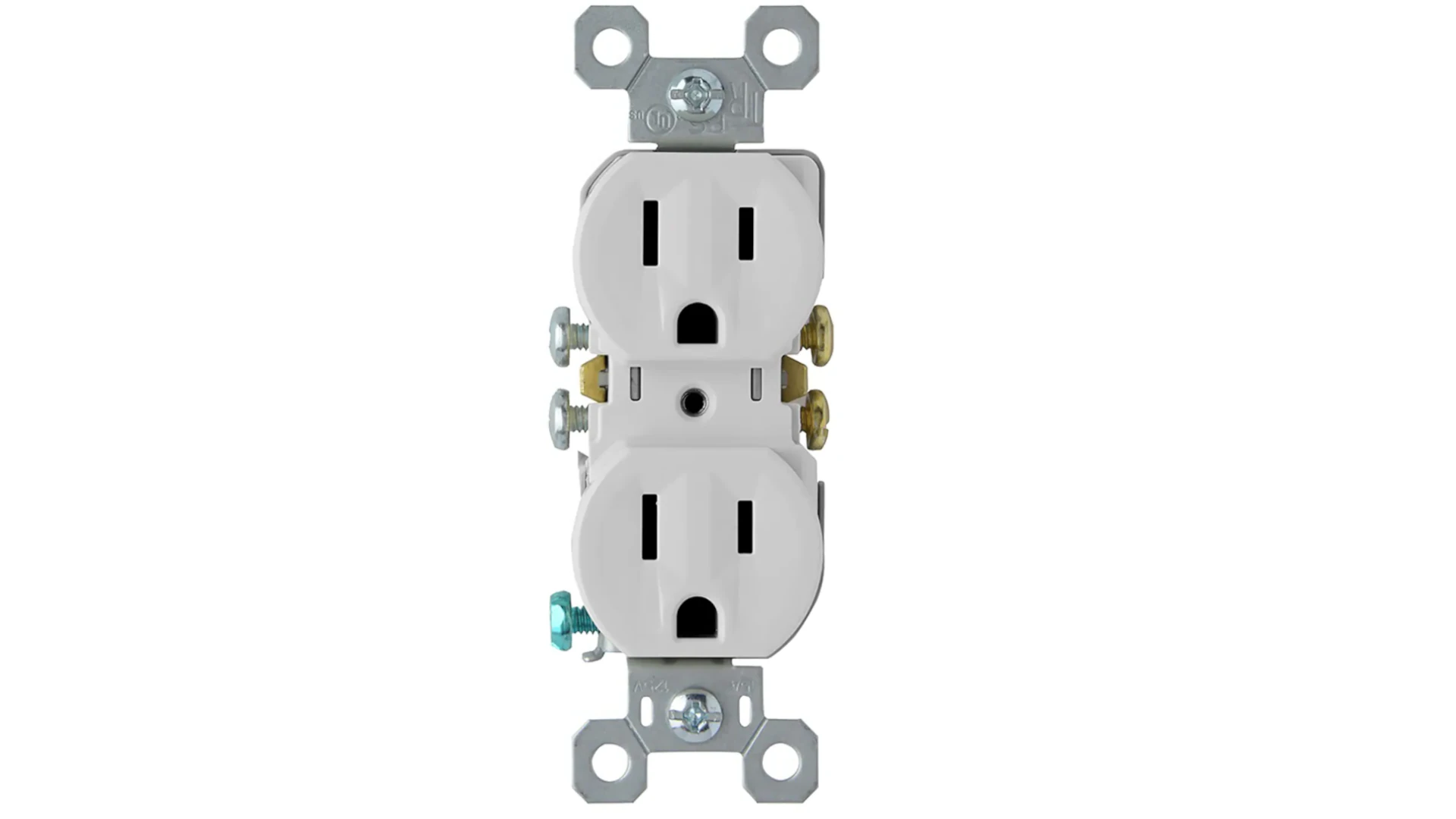Tamper-resistant outlets are a modern development in electrical safety. They have built-in safety shutters that prevent foreign objects from being inserted into the receptacle slots. These outlets are a standard for preventing accidental shock and are now a requirement in many building codes.
Unlike regular electrical outlets, tamper-resistant receptacles only open when even pressure is applied simultaneously to both shutters, such as when plugging in an electrical device. This feature greatly reduces the chance of children or unknowing individuals being electrocuted. Adopted by the National Electrical Code, the implementation of tamper-resistant outlets in homes and public spaces provides an additional layer of safety.
Installing tamper-resistant receptacles is similar to installing standard outlets, but they offer a permanent solution to improve household safety. It is important that electricians and homeowners understand how these devices work and where they are necessary to comply with safety regulations.
Powering Up Safety: Understanding Tamper Resistant Outlets
What Makes an Outlet “Tamper Resistant”?
Tamper resistant receptacles (TRRs) look like regular outlets, but they have a built-in safety mechanism. This mechanism involves spring-loaded shutters that cover the contact openings (the slots where you plug things in). These shutters only open when a two-prong plug is inserted straight in, with both prongs applying equal pressure.
How They Protect Children
The main goal of TRRs is to prevent children from inserting objects into the outlet and getting an electric shock. The shutters block single objects like keys, paper clips, or hairpins. This greatly reduces the risk of accidental electrocution, a common hazard for young children.
Where They’re Required
Since 2008, the National Electrical Code (NEC) mandates that new and renovated homes have TRRs installed in areas accessible to children. This includes bedrooms, bathrooms, kitchens, and other living spaces.
Identifying Tamper Resistant Outlets
Look for “TR” on the face of the outlet. Some outlets might also say “tamper resistant.”
Benefits Beyond Safety
- Enhanced Durability: TRRs are built to withstand more wear and tear than standard outlets.
- Reduced Maintenance: The shutters help prevent dust and debris from entering the outlet, reducing the need for cleaning.
Not Foolproof
While TRRs are a valuable safety feature, they’re not perfect. They won’t prevent a determined child from forcing an object into the outlet. Supervision is still crucial.
Upgrading Your Outlets
If your home has older outlets, consider upgrading to TRRs. It’s a simple change that can significantly improve safety, especially for families with young children.
Key Takeaways
- Tamper-resistant receptacles include safety shutters to prevent accidental electrocution.
- They are a requirement according to the National Electrical Code for enhanced safety.
- These receptacles are user-friendly and resemble standard outlets but with significant safety enhancements.
Understanding Tamper-Resistant Receptacles
Tamper-resistant outlets are a critical safety feature in modern homes and public facilities, designed to prevent accidents, especially involving children.
Design and Functionality
Tamper-resistant receptacles look like standard outlets, but they include an important safety feature. Each has built-in spring-loaded shutters that cover the contact openings or slots. These shutters will only open when equal pressure is applied to both sides, like when plugging in an electrical cord.
Safety and Protection
The primary aim of tamper-resistant outlets is to prevent electrical injuries. Items such as hairpins or keys can be dangerous if inserted into outlets. The shutters in tamper-resistant receptacles block these foreign objects and lower the risk of shocks and burns.
Compliance and Regulations
The National Electrical Code (NEC) has mandated the use of tamper-resistant receptacles in all new and renovated residential buildings since 2008. This standard has been set to ensure a consistent safety measure across all living spaces.
Installation and Usage
Tamper-resistant outlets are installed in the same way as standard outlets, but electricians need to check for the “TR” label as proof of compliance. They are suitable for use with all standard plugs, so no special equipment is required for their operation.
Specific Applications
Tamper-resistant receptacles are essential in areas where children are present. This includes homes, child care facilities, schools, and pediatric care clinics. In addition to these places, they are also found in common areas like hallways and waiting areas.
Exceptions and Considerations
There are certain exceptions to the NEC rules. For example, areas that are not easily reached by children may not require tamper-resistant outlets. Nonetheless, any decision to omit them should always be in line with local codes and regulations, considering the safety benefits they provide.







